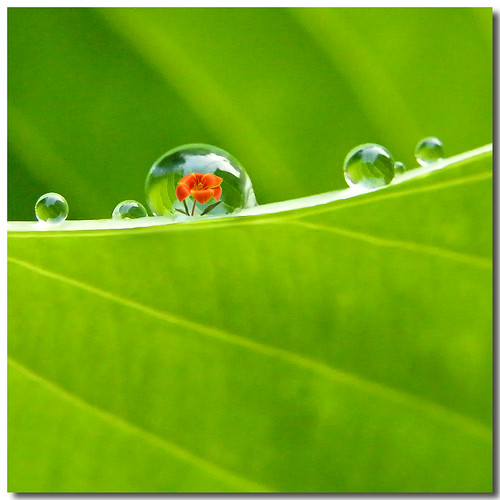
TheGardenLady received a question from Tonia about what sorts of flowers and plants should be used in creating a meditation garden. In the last post on meditation gardens, TheGardenLady explained that in order to answer this question one needs to answer some other preliminary questions first. In this post, TheGardenLady will discuss the idea of using hostas to create a meditation garden.
To me, there is nothing more tranquil than shades of green. What you also want are different textures and different heights. Thus my primary plant suggestion for your meditation garden is hosta lily plants. See here.
Hostas love shade and partial sun. Some newer varieties are tolerant of more sun. Hostas come in hundreds of varieties and each year new ones are introduced. See here. There are huge leafed hostas, miniature hostas, sword leaf shaped hostas and hostas of all shapes in between. They come in so many different shades of green that if you just planted hostas, you would have leaves of many textures in the most incredible palette of greens, inluding dark green, bluegreen, yellows, chartruse, or variagated cream or white with greens. See here.
Though hostas are grown for the interesting leaves, because hostas are in the lily family, there is the bonus that many do have flowers in whites and lavenders. Some flowers are insignificant but others grow quite large and some are fragrant. See here. My hosta flowers attract black swallowtail butterflies.
If you are planting hostas in areas that are not overly wet and you will water the plants, you will be delighted with some of the most undemanding plants that one can get. In these locations you can plant your hostas fairly close together. However, if your area is very wet, then you might have a slug or snail problem. If the area is wet, you won’t want the plants too close together so you can get rid of slugs. But these slugs CAN be dealt with, (ping back to slugs in Japan) so don’t give up on the idea of the hosta. But, if you have a deer, a major problem is that hostas are like candy to deer.
Consider looking at the American Hosta Society page. There you will see a photo of a hosta garden.
Hostas can be inexpensive. (ping back to Russels) And you can put out a call to gardeners you know to see if they are dividing their hostas- people have to divide hostas every few years, just as one does most perennial plants. Ask them for some of their divisions. You may get the plants free. TheGardenLady got most of her hostas that way. Gardeners are very generous about sharing.

